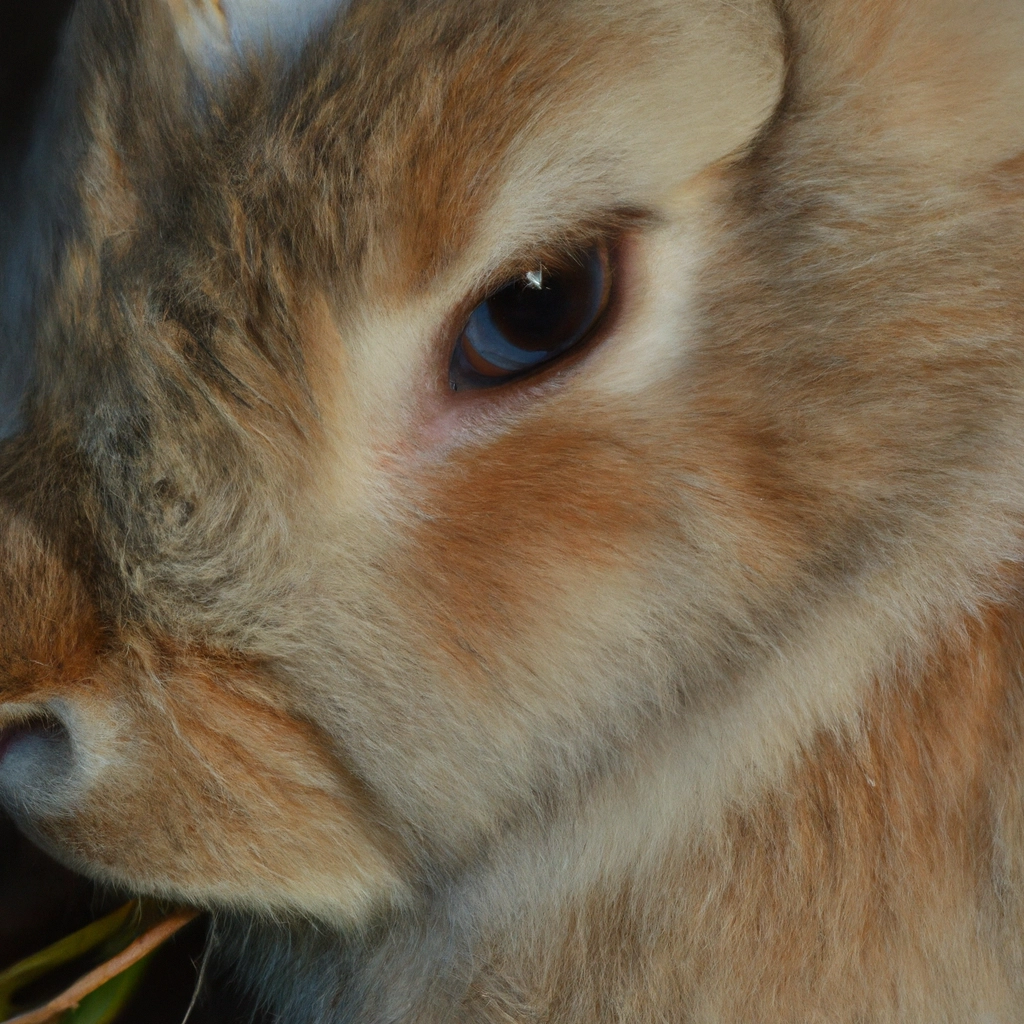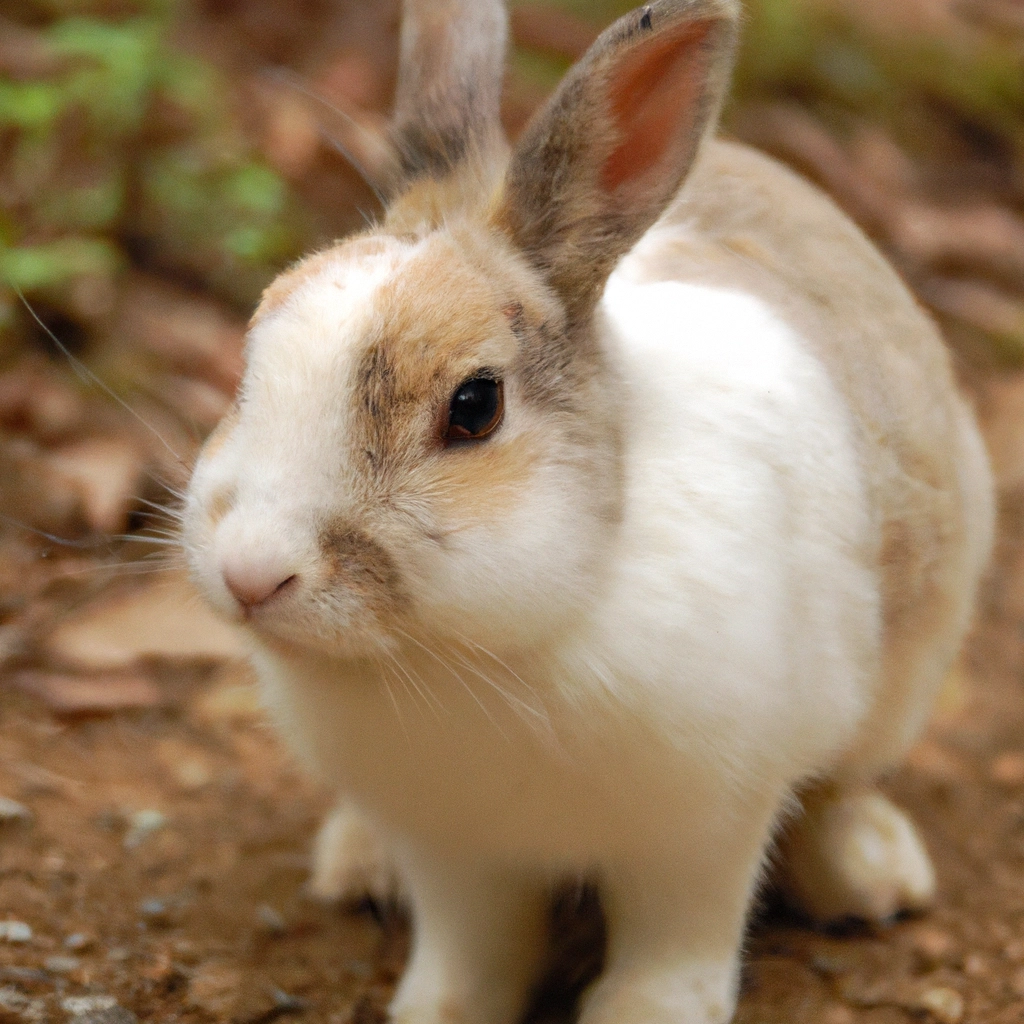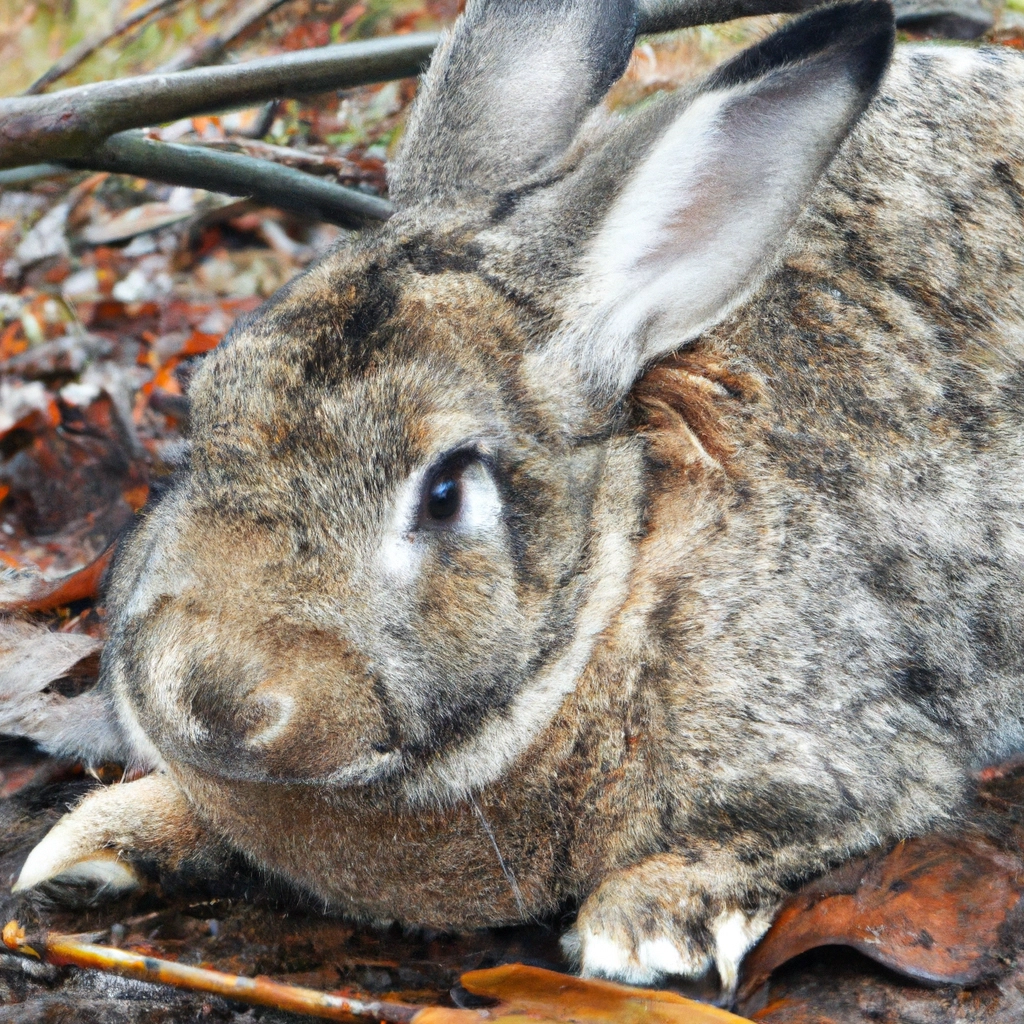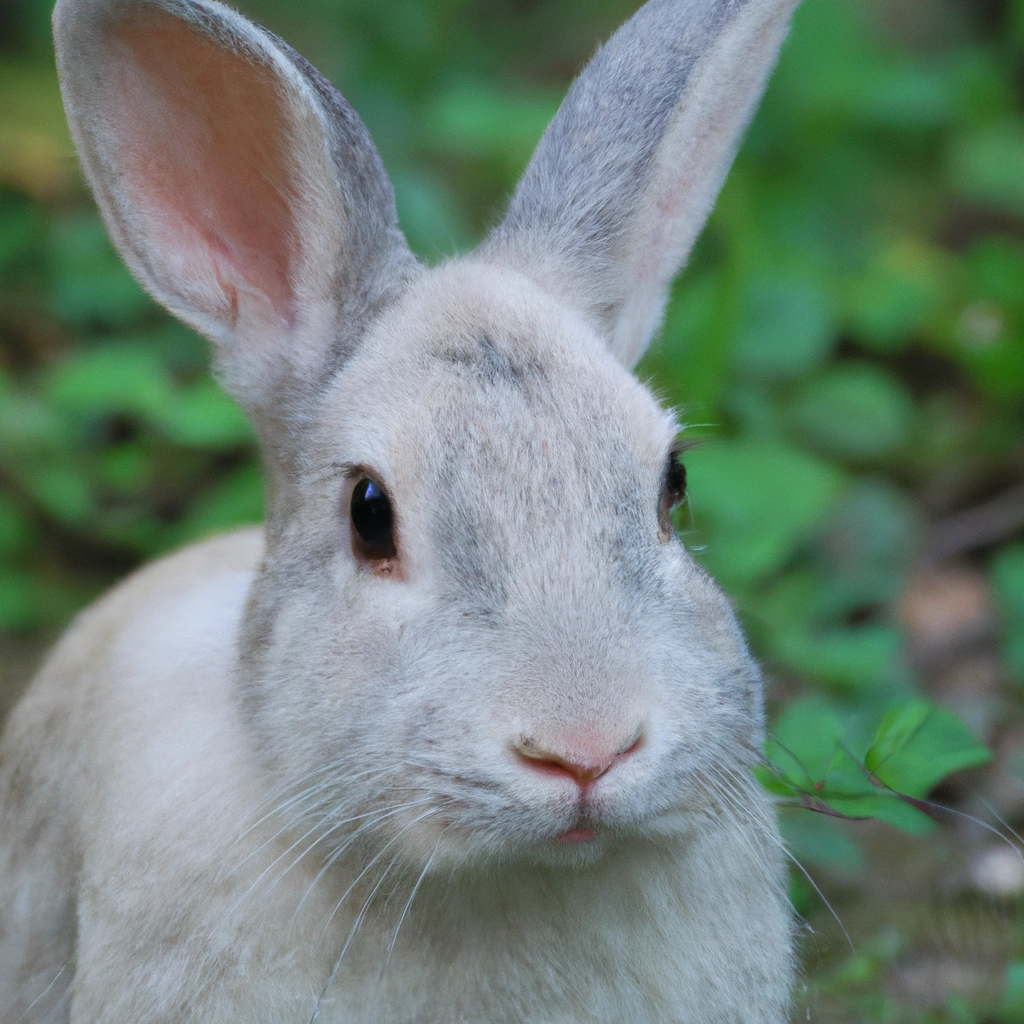
| Characteristics | Survival in the Wild |
|---|---|
| Physical Adaptations | Domestic rabbits may lack survival skills such as finding food, evading predators, and building shelters. |
| Reproduction Rate | Rabbits can reproduce quickly, but the survival rate of their offspring may be low in the wild due to various factors. |
| Predator Evasion | Domestic rabbits may not have the instincts or abilities to escape from predators found in the wild. |
| Foraging | Domestic rabbits may struggle to find suitable food sources in the wild, potentially leading to malnutrition. |
| Social Behavior | Being solitary animals, domestic rabbits may struggle to integrate with wild rabbit populations. |

Introduction
There was this fluffy little creature, far from any home I could associate it with, nibbling peacefully on a patch of grass – a domestic rabbit, its coat a shade unfamiliar to the wild. Stumbling upon it during a hike was as unexpected as it was concerning. It propelled me into learning more about these creatures and whether they stand a chance out there in the great unknown.
The idea of domestic rabbits fending for themselves in environments they were never meant for strikes a chord of worry. As a rabbit owner, I’ve always been aware of the stark contrast between their safe, predator-free home lives and the perilous vastness of the wild. Let’s hop into the world of domestic rabbits and assess their capability to adapt and survive when they find themselves hopping on the wild side.

The Adaptability of Domestic Rabbits
Domestic rabbits possess an instinctive cunning, a trait that serves their wild brethren well. Yet, even as I watched my own fluffy escape artist, Mr. Hops, figure out how to open his cage, I couldn’t help but wonder if such smarts were enough. In the wild, I once observed a domestic rabbit, bewildered by its freedom, realize that under the open sky, there was neither a cage to retreat to nor a bowl of pellets waiting.
Comparing these tame bunnies to their wild counterparts showcases a gulf in survival skills. Where the wild ones are swift, alert, and camouflaged, domestic rabbits might as well be carrying a “Prey Here!” sign. Nevertheless, they share an ancestry, and scraps of their wild heritage may still linger beneath the tamed surface.

Risks and Dangers in the Wild
Let me share a truth that’s hard to stomach: the wild is no fairytale for a house bunny. Predators are just one piece of the perilous puzzle. I’ve personally witnessed the heartbreak of learning a friend’s beloved pet bunny, set loose, had succumbed to a predator. It was a stark reminder of their vulnerability.
But it’s not just about having to dodge sharp teeth and claws. Climate extremities, diseases, and the unavailability of proper nutrition are just as formidable. From observing rabbits, I’ve learned that their delicate dietary needs—so specifically catered to at home—become a gamble for survival when they’re uprooted from their cushy lives.
Rehabilitating Domestic Rabbits for Release
Optimists might point to rehabilitation as a beacon of hope for these furballs. Sure, efforts to prep domestic rabbits for the wild are commendable and, in some cases, successful. I’ve volunteered at sanctuaries where I witnessed firsthand the dedication to this cause. Yet, alongside every success story was a rabbit that simply couldn’t adapt—a sobering reality.
The process is meticulous. A rehabilitated rabbit I met, Fluffy McEarl, had undergone months of conditioning to even stand a chance out there. The trainers gave everything to ensure these creatures could forage, hide, and even understand the hierarchy of the wild. Yet, questions linger – is it enough?
Responsible Pet Ownership and the Wild
The best solution doesn’t lie in rehabilitation but in prevention. As a rabbit guardian, I firmly believe our first duty is to provide a permanent, secure home for our floppy-eared friends. Letting them “free” isn’t kindness; it’s negligence.
Reflecting on my role in Mr. Hops’ life, I recognize the ripple effect responsible pet ownership has. Providing them with a balanced diet, proper medical care, and a safe environment is crucial. It’s not just about keeping them within four walls, but about enriching their lives with love and care.
Conclusion
We’ve hopped through the reality of domestic bunnies and their odds in the wild – not to paint a bleak picture but to raise awareness. Through personal stories and experiences, the point stands clear: the wild is no place for a pet rabbit no matter their survival instincts.
My message rings with a certain urgency: be the responsible owner your rabbit deserves. Protect your furry companions from a fight they are not equipped to handle. Together, let’s ensure that the only rabbits in the wild are the ones born to it – wild at heart, and free as they are meant to be.